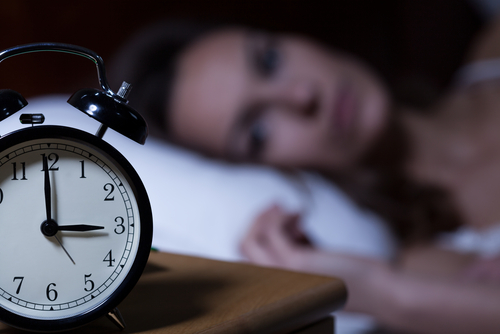POSA: What It Is and How to Manage It
Positional Obstructive Sleep Apnea
More than 50% of obstructive sleep apnea (OSA) patients have worsening of their OSA in the supine position (positional obstructive sleep apnea [POSA].
Positional therapy (PT) aims to prevent patients from sleeping in the supine position. One of the major limiting factors to the routine use of PT in clinical practice is the lack of validated tools to measure compliance objectively.
In fact, there are no universal guidelines to determine if PT will be effective as standalone or as therapy combined with Pap machines.
Recent studies show positional therapy is an effective treatment for POSA and progress has been made in development of tools for measuring compliance. Creating a subclassification of POSA may help develop targeted therapy for patients and determine its use as standalone or adjunct therapy.
Another up side is that the integration of PT into POSA management may be cost-effective when compared to the use of CPAP alone.
POSA Diagnosis and Needs

exclusive POSA was present in 36–47% of
OSA patients.This first picture demonstrates supine sleeping and obstructed breathing.

This second picture shows clear breathing due to side sleeping.
How is POSA different?
Positional obstructive sleep apnea (POSA) is a specific diagnosis, distinct from other types of OSA. It is a condition in which the vast
majority of apneic events occur during supine sleep. With POSA, the vast majority of apneic events occur during supine sleep. While Focus of treatment is to help patients sleep on their side.
Published criteria allow people with positional OSA to be identified from a sleep study. But its prevalence may be underestimated, perhaps
because the same sleep therapy treatment has traditionally been used
for all kinds of OSA. Now that there’s a simple and effective treatment option
specifically for POSA patients, it’s time to start looking at
POSA more closely.
Available Treatment for POSA Patients
Philips NightBalance Lunoa is a new treatment option that’s designed specifically for POSA patients. The NightBalance Lunoa algorithm is effective at reducing the long-term AHI in patients with positional OSA.
Adaptive
• Continuously monitors sleep positions and adjusts vibration intensity to meet the patient’s therapeutic needs
• Delays therapy for 15 minutes after switching ON, so the patient can comfortably fall asleep in any position
• Adaptation program helps patients gradually adjust to the sensor device’s vibrations, over a 9-night period
• Activates Pause Mode for 5 minutes if the patient gets up during the night
• Prompts patients to change their sleeping position without disturbing their sleep
Easy to use
• LED display and two-button navigation give patients easy access to their sleep position data
• User-friendly interface enables patients to follow their progress and stay motivated with therapy
• Travel case makes it easy to store and transport device components
• Adults using NightBalance Lunoa demonstrate high adherence
Connected
• Secure online Patient Portal constantly monitors and records the patient’s sleep position, movement, and treatment duration
• Recharging and docking station enables wireless data transfer to the Portal
• Portal data can be shared with specified providers at the patient’s discretion
How Does It Work?
1 Patient can fall asleep in any position. After 15 minutes, the device activates and begins monitoring.
2 NightBalance Lunoa detects when the patient is on their back and prompts patients to change their sleeping position without disturbing their
sleep.
3 Finally, Vibrations will stop when patient is on their side.
What are the results?

A survey following 75 users of NightBalance Lunoa technology for an average of 2.2 years reported
impressive results:
73% reported a long-term improvement in the three most reported POSA symptoms
70% reported feeling less sleepy during the day
72% reported feeling less fatigue during the day
73% reported that they felt more refreshed during the day
If you need to have a sleep study done or need to find the best place to buy your PAP equipment, trust the sleep clinic voted “Best Sleep Clinic” in Alaska by CEO Monthly and the Winner of the 2018 Business of the Year Torch Award by the Better Business Bureau – Alaska Sleep Clinic.





